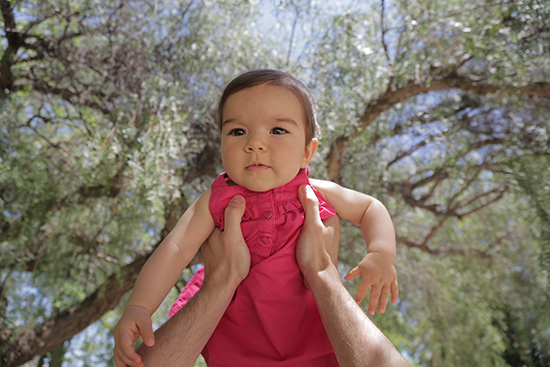The baby’s eyesight already develops in mom’s belly. But when your child is born, the sense of sight is least mature of all senses and has yet to be learned.
The sense of sight develops slowly and gradually, but refines most strongly in the course of the first months. For this it is necessary to create an environment for the baby in which he can develop his eyesight well.
How does your child’s eyesight develop in the womb, immediately after birth and in the first few months of his life, and how can you help him? You’ll learn more about this below.

In the 7th week of pregnancy, the disposition of the eyes can already be seen. A week later, the eyelids start to grow. In the 25th week of pregnancy, the fetus can already react to light through the blood supply to the abdominal wall – although its eyelids are still closed. Since the abdominal wall and uterus of the mother are translucent, unborn babies see a soft light in red tones in the womb. The color red reminds your baby of the womb and can provide reassurance later. In the 27th week of pregnancy, the retina develops and the eyelids open. If the uterus is examined, the baby turns away from the light.

When your baby is born, the sense of sight is the least mature of all senses and has to be learned after birth. The newborn looks quite out of focus and only about 20 to 30 cm wide. The eyes are not yet fully functional and your baby looks like it is squinting. This is completely normal and is due to the undeveloped eye muscles. Shortly after birth, the newborn searches for his mother with his senses. Since his eyesight is not yet mature, he recognizes her by her voice and smell.

While all the senses are already well-developed, the sense of sight in newborns is not yet fully mature. Your baby looks blurry and 30 times less sharp than adults. The world seen with baby eyes looks like behind a frozen window. Your newborn cannot distinguish between near and far yet, but it already begins to develop the sense of sight in the first month. It recognizes sharp contours, large shapes and strong colors — especially in black and white. And perhaps surprising for you: A newborn sees better at the edge of his field of vision than in the middle. Babies are very interested in faces right from the start. In the first month the baby learns to distinguish your face from others.
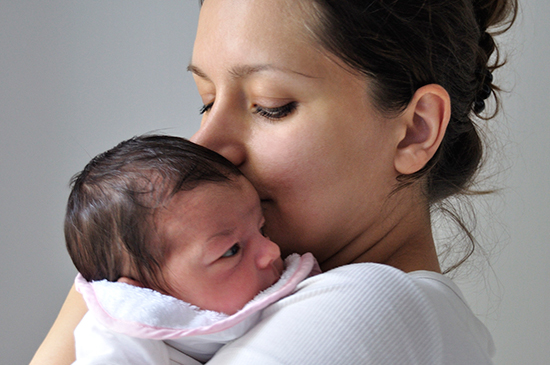
From the first month of life, your baby learns to focus with both eyes and will perfect this ability until the second month of life. The baby can now follow objects with the eyes. He is particularly interested in high-contrast, large black and white pictures or toys in black and white. It is important that the pictures or objects are large and clear and are on the side of the baby’s field of vision. This way your baby can see them better.
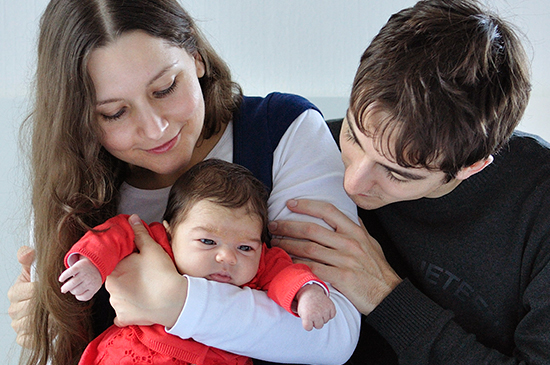
At this age your baby shows a preference for bright colors like black, white and red. From the second month of life your child can concentrate on a red toy for a while and follow it with his eyes. Babies know the color red from mom’s belly, so it is the first color that they can recognize from birth. Since red is a color that babies are already familiar with, it has a calming effect on them. Scientific studies conducted by the British psychologist Prof. Anna Franklin also show that red is babies’ favorite color.
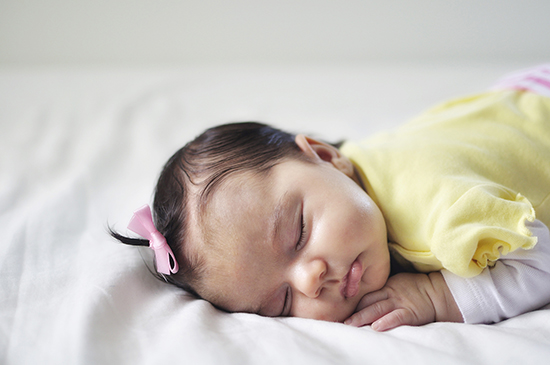
From the third month of life, your baby can perceive separately bright primary colors. As scientific studies by Prof. Anna Frank show, primary colors in particular are adored by the little ones. In addition, baby eyes have a very high threshold of stimulation and therefore cannot be overwhelmed by the stimuli of bright colors — the reason why babies love bright tones and why pastel colors do not interest them. Babies at this age begin to notice facial features of different people leaning against them, and they start to perfect their ability to follow objects with the eyes.
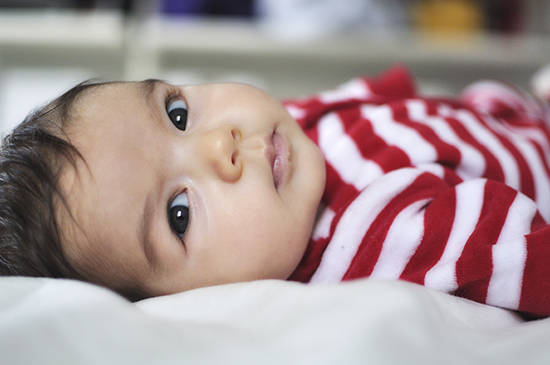
As the Hungarian psychologist Prof. Ilona Kovacs found out, babies at the age of 4 months have already learned to see in space. The scientist has shown that the two-eyed observation of objects develops as soon as the eyes are exposed to regular optical stimuli. Therefore, it is very important to create an environment in which the baby can develop his eyesight well. British psychologist Prof. Anna Franklin advises parents to surround their children by all colors. If baby’s clothes or toys are exclusively and predominantly in one color such as pink or blue, the stimulation of the eyes is limited.
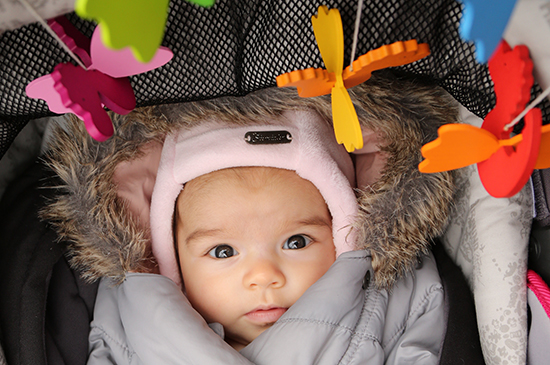
The visual acuity has developed significantly in the first six months of life — now your baby sees almost as sharp as an adult. The baby at this age is still short-sighted rather than far-sighted, but he can easily recognize objects and people in a room. He now sees all the details of objects in its vicinity and in front of his eyes. Also, at nine months, your baby’s final eye color is recognizable.
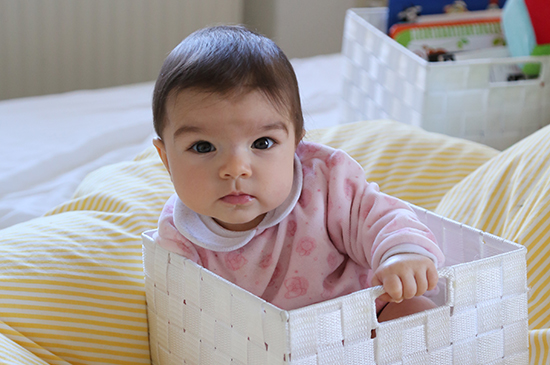
At the age of twelve months, your child can see almost as well as an adult. He is now no longer a baby, but a toddler. Toddlers can perceive depth and assess distances. Hand-eye coordination has improved and the child can now throw objects in a targeted manner. Babies need to develop this ability by learning to crawl and walk. According to a scientific study by the American psychologists Joseph Campos and David Witherington, the depth perception in babies improves significantly as soon as they start to walk.
